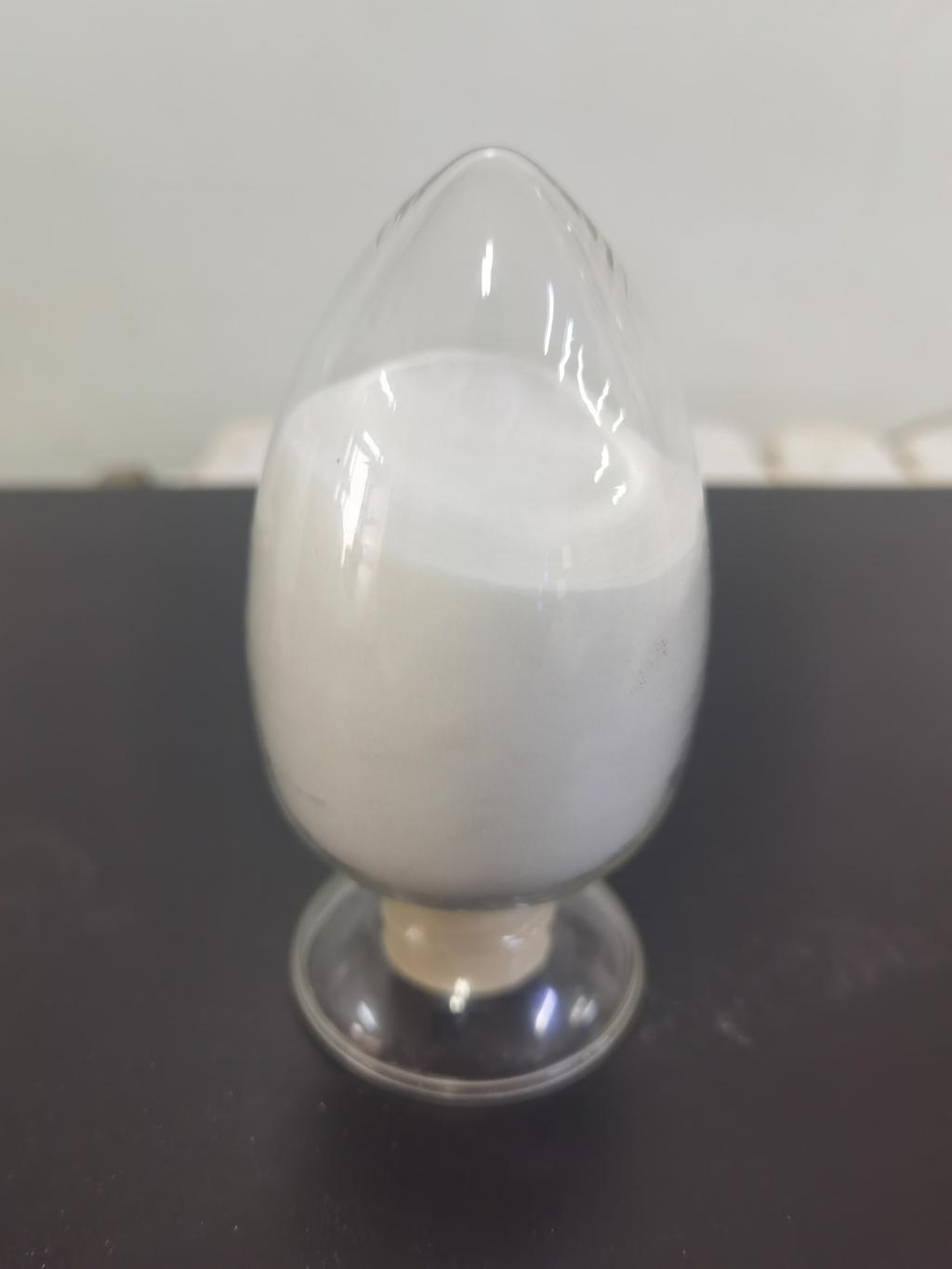Tel:+8618231198596

News
 CONTACT
CONTACT
 CONTACT
CONTACT
- Linkman:Linda Yao
- Tel: +8618231198596
- Email:linda.yao@dcpharma.cn
- Linkman:CHARLES.WANG
- Department:Overseas
- Tel: 0086 0311-85537378 0086 0311-85539701
News
What are the potential effects of ε-Polylysine hydrochloride on the nutritional content?
TIME:2023-07-20
Introduction:
Maintaining the nutritional integrity of food products is crucial to meeting consumer demands for healthier and more wholesome options. Preservatives, such as ε-polylysine hydrochloride, are used to enhance food safety and prolong shelf life. However, concerns arise about the potential effects of preservatives on the nutritional content of the final products. Understanding these effects is essential for making informed decisions in food manufacturing.
Nutritional Composition of Food Products:
Before exploring the potential impact of ε-polylysine hydrochloride, it is crucial to understand the typical nutritional composition of various food products. Plant-based foods, meat alternatives, dairy substitutes, and ready-to-eat meals have unique nutrient profiles that may be affected differently by the addition of preservatives.
Effects on Macronutrients:
3.1. Proteins: ε-Polylysine hydrochloride is composed of lysine, an essential amino acid. Its addition to food products may have a minor influence on the overall protein content, but it is unlikely to cause significant changes in the protein structure or digestibility.
3.2. Carbohydrates: ε-Polylysine hydrochloride is not expected to affect carbohydrate content in food products, as it does not interact with sugars or starches.
Effects on Micronutrients:
4.1. Minerals: ε-Polylysine hydrochloride is not known to interfere with the bioavailability of essential minerals, such as iron, zinc, and calcium. Properly formulated food products should retain their mineral content.
4.2. Vitamins: The impact of ε-polylysine hydrochloride on vitamin stability can vary depending on the food matrix and processing conditions. In some cases, it may contribute to better vitamin retention by protecting against oxidative degradation. However, specific studies are needed to evaluate vitamin stability in different food products.
Antioxidant Activity:
ε-Polylysine hydrochloride itself exhibits antioxidant properties. In certain food products, it may contribute to reducing oxidative stress, thereby preserving the nutritional content, particularly the stability of fat-soluble vitamins and unsaturated fatty acids.
Potential Impact on Sensory Attributes:
The addition of ε-polylysine hydrochloride to food products may have minimal impact on taste, texture, and aroma. However, sensory evaluations are necessary to assess how it influences the overall acceptability of the final product.
Regulatory Considerations:
Before using ε-polylysine hydrochloride as a preservative, food manufacturers must comply with regulatory requirements related to nutritional labeling. Accurate and transparent declarations of all ingredients, including preservatives, are essential for consumers to make informed choices.
Specific Studies on Nutritional Impact:
8.1. Plant-Based Foods: Studies on plant-based meats, such as tofu, seitan, and plant-based burgers, indicate that the addition of ε-polylysine hydrochloride does not significantly alter their protein content or amino acid profiles.
8.2. Dairy Substitutes: Research on vegan cheeses and dairy alternatives suggests that ε-polylysine hydrochloride has no significant effect on the nutritional content, including fat, protein, and calcium levels.
8.3. Ready-to-Eat Meals: ε-Polylysine hydrochloride appears to have negligible effects on the nutritional composition of vegetable-based ready-to-eat meals, such as soups and stews.
Conclusion:
Based on existing literature and studies, ε-polylysine hydrochloride is unlikely to cause substantial alterations in the nutritional content of food products. It has a minimal impact on macronutrients, micronutrients, vitamins, and minerals. Furthermore, its antioxidant properties may contribute positively to the stability of certain nutrients, particularly in plant-based and vegan food products. However, it is essential for food manufacturers to conduct product-specific evaluations to assess the impact of ε-polylysine hydrochloride on the nutritional composition, sensory attributes, and overall quality of their formulations. By doing so, they can confidently incorporate this natural preservative into food products while maintaining their nutritional integrity and meeting the demands of health-conscious consumers.
- Tel:+8618231198596
- Whatsapp:18231198596
- Chat With Skype







